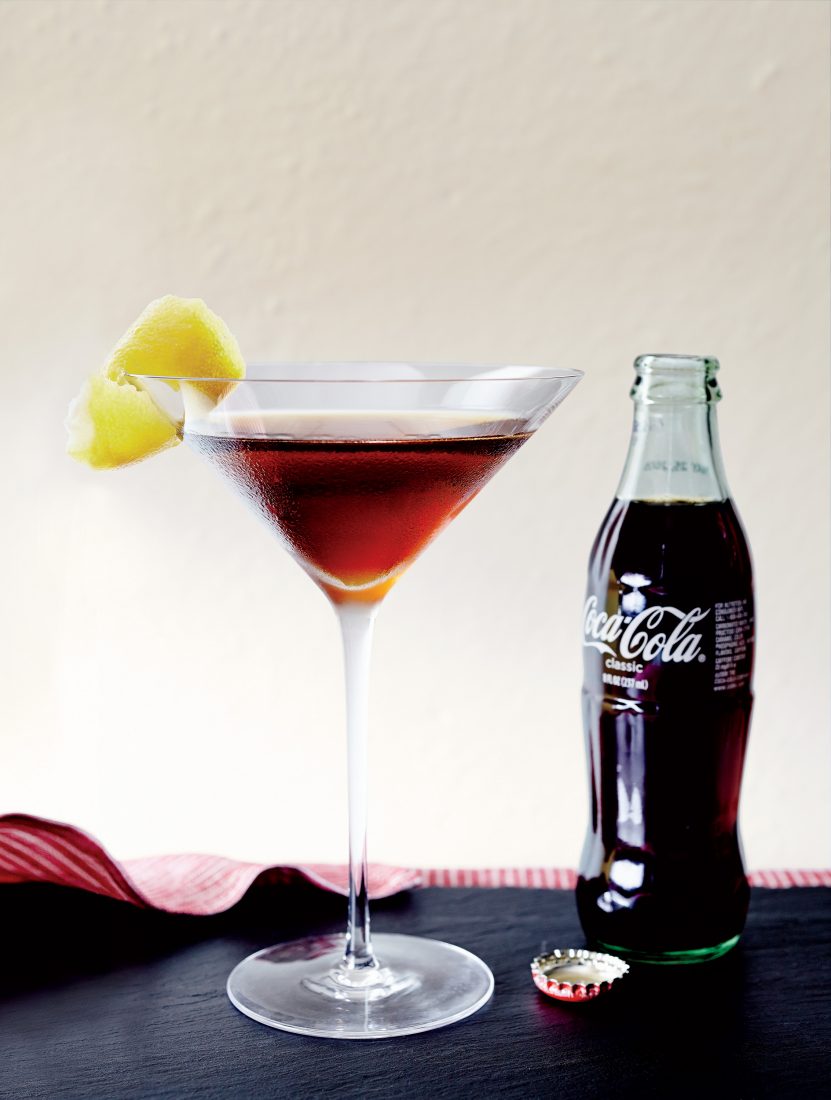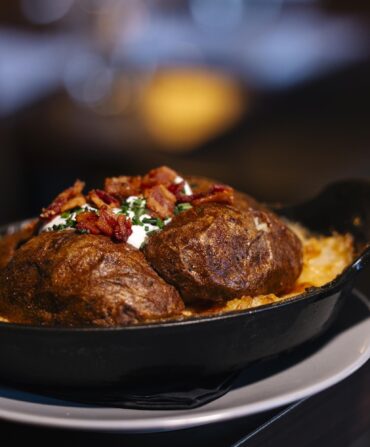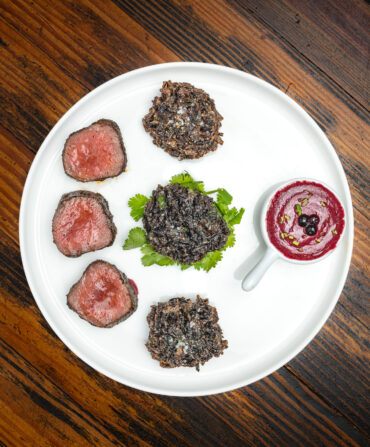In 1907, the United States Bureau of Chemistry dispatched the head of its drug laboratory, Dr. Lyman Kebler, to the South to collect usage data on a booming though pharmaceutically troubling beverage called Coca-Cola. One of Dr. Kebler’s many findings—among them, that Coca-Cola was wildly popular with children and “brain workers”—involved the proprietor of a soda fountain near a military base who “frequently served Coca-Cola to soldiers who mixed same with whiskey and in this way produced what [the proprietor] termed a coca-cola high-ball.” Tagged onto this first recorded mention of the marriage of whiskey and Coke was this zesty detail: The combination, according to the proprietor, made “the soldiers wild and crazy.”
A century and change later, whiskey plus Coke is still making Southerners wild and crazy, if not just plain happy. It is far from the South’s finest drink—connoisseurs consider it a severe affront to whiskey, and ordering one in a high-end bourbon bar will yield you a bartender’s sneer if not a flat-out refusal to mix one—but it may be its most ubiquitous. It’s a tailgating staple, a lawn-mowing refreshment, a deer-camp mainstay, the nearest thing to a cocktail you’ll find in roadhouses, and, after cold beer, perhaps the second most-popular content of red Solo cups. Moreover, it’s how generations of young Southerners discover the pleasures of whiskey—myself included, as I recall long-ago Ole Miss football games where half-pint bottles of Rebel Yell entered the stadium smuggled inside a date’s Laura Ashley dress, for spiking jumbo Cokes. There’s nothing noble about it, of course: It has none of the Kentucky pomp of a julep, or the pedigree of a Sazerac, or even the guayabera-shirted cool factor of its island cousin, the Cuba Libre. Yet still, to paraphrase the title of an Elvis album: Fifty million whiskey-and-Coke drinkers can’t be wrong.
“It’s a simple little treasure,” says Tom Fischer, who, as the founder of a connoisseur’s website called bourbonblog.com, might be expected to sneer. But no: “There are so many layers of flavor going on,” he says. “Coke actually has a lot of depth to it.” Like me, Fischer came to whiskey love via his early experiences with whiskey and Coke, and calls the drink “a gateway drug to bourbon appreciation.” He’s fond enough of the mixture, in fact, that he and a BourbonBlog contributor, Stephen Dennison, devised a “reengineered” version of the drink—upgrading it from highball to cocktail by making a Coca-Cola syrup that just lightly flavors a shot of bourbon, the cola sweetness tempered by dashes of Angostura bitters and a swipe of lemon peel. The result is a bourbon and Coke that’s changed out of its camo overalls into a tuxedo. It’s debonair, savvy, buttoned-up; but still, at its core, a little wild and crazy.
There’s really no mystery to the drink’s allure, as even Dr. Kebler might have admitted after a couple of rounds. Whiskey plus caramel-y sweetness plus fizz equals pleasure, an uncomplicated pleasure one might liken to cane-pole fishing, simplicity being a major part of its charm. The only lingering mystery, I suppose, is why Coca-Cola, and not Pepsi, has been the almost-exclusive partner for whiskey since Kebler’s Southern odyssey. I put this question to the cocktail historian and author David Wondrich. “Pepsi has a silly name,” he concluded. “I can think of no other reason.”








